Introduction To Machine Learning using Python
Introduction To Machine Learning using Python
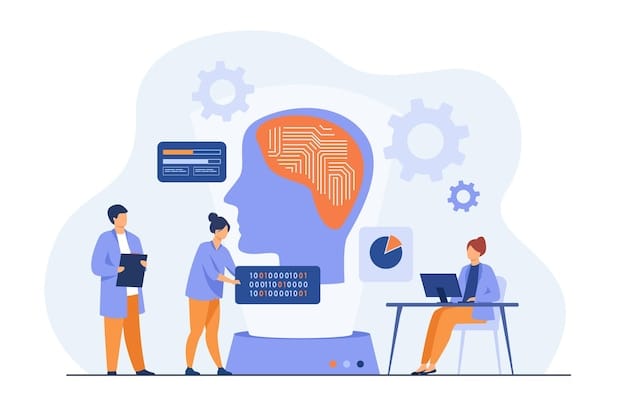
Artificial intelligence contains Python machine learning (ML) as a transformative field which enables automated system performance improvement through data analysis without programming requirements. Machine learning using Python provides the fundamental operation behind numerous innovations that drive the technological progress of our current world including next-recommendation algorithms on streaming services and automatic vehicle control systems. Widespread adoption of ML in different industries occurs because it examines massive data collections to reveal previously undetected patterns that lead to better automated decisions.
The developers alongside research experts and data scientists widely use Python programming for their machine learning model creation work. Python emerges as a top selection for ML beginners thanks to its easy syntax and TensorFlow library and scikit-learn and PyTorch functionalities and its supportive programmer community. Python delivers all the essential capabilities for dealing with dataset analysis tasks and model building activities and neural network exploration together with sufficient scalability for solving these challenges.
The following discussion explains the essential aspects of Python machine learning design with specific instructions for creating efficient models in Python. A foundation concerning machine learning principles will begin with supervised and unsupervised learning concepts and key algorithms including linear regression and decision trees along with clustering. Next we will guide you through establishing your Python working environment as well as learning crucial libraries and creating your initial machine learning model from starting code.
Why Python For Machine Learning?
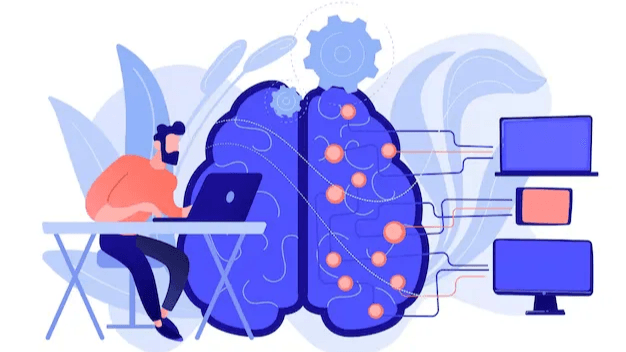
The dominance of Python as a machine learning and artificial intelligence language stems from solid reasons. Python serves as the preferred language whether users are beginners or experts because it combines simplicity with flexibility along with its strong ecosystem. The major benefit of Python programming for machine learning stems from its simple nature that attracts both beginners and professionals to the language. The syntax design in Python gives developers an easy-to-read structure which enables them to create solutions without getting distracted by code maintenance. The simplified coding structure helps beginners in programming along with machine learning avoid common problems that typically appear during programming tasks.
Python’s universal capabilities embrace additional fields that include data science together with automation and applications in AI. Data analysis together with visualization work becomes possible in Python through the libraries pandas for data manipulation and matplotlib for data visualization and NumPy for numerical operations. Data-centric tasks benefit best from Python since it provides a suitable solution for these fundamental activities in machine learning. Python performs extensive automation work on machine learning processes by handling regular tasks such as data cleaning together with model evaluation and hyperparameter tuning to boost work efficiency.
The wide scope of Python’s versatility becomes evident across the entire field of Artificial Intelligence. The AI ecosystem dostupable through the language allows developers to create latest AI technologies that include deep learning and natural language processing (NLP) and computer vision. Python serves as the top selection for researchers and industry professionals who work on AI and machine learning projects because it offers complete capabilities.
Setting up Python Environment for Machine Learning
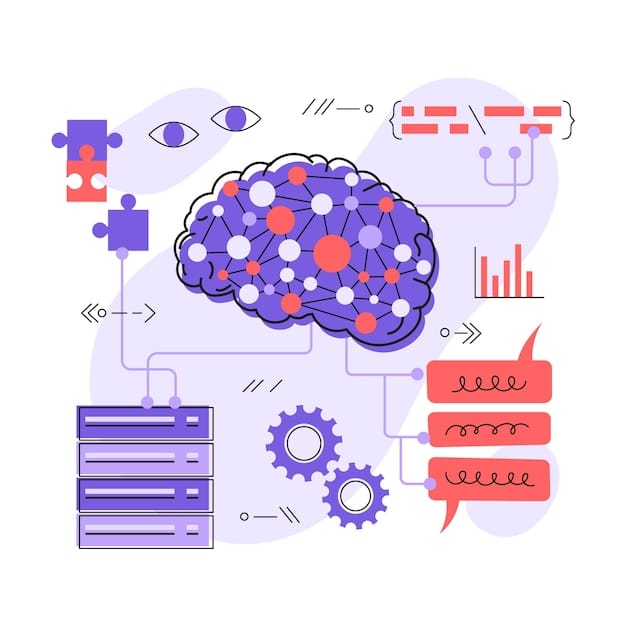
The foundation for learning Python machine learning requires the setup of a proper Python development space. A properly organized environment facilitates model development while reducing problems during building procedures. The following section demonstrates the process for Python and machine learning library setup while introducing essential tools which enhance both efficiency and work quality.
The first step entails obtaining Python along with its required dependencies for conducting machine learning operations. Users can procure Python through its official website by selecting the latest stable version release. When working with machine learning it is advisable to use Anaconda as a package manager since this tools improves package management and deployment workflow. developers should prioritize Anaconda because it contains both Python and its main libraries already installed thus providing an ideal platform for development environments. The system offers conda capabilities to produce isolated program environments that stop library version conflicts.
After Python setup users need to establish their machine learning libraries for use. The fundamental libraries for machine learning model development include NumPy, Pandas and Scikit-learn. The three main libraries used in Python programming machine learning include NumPy for numeric operations along with Pandas for data handling capabilities and Scikit-learn for simple but efficient data mining solutions. Users can install the libraries through pip or Anaconda which manages dependency handling by default.
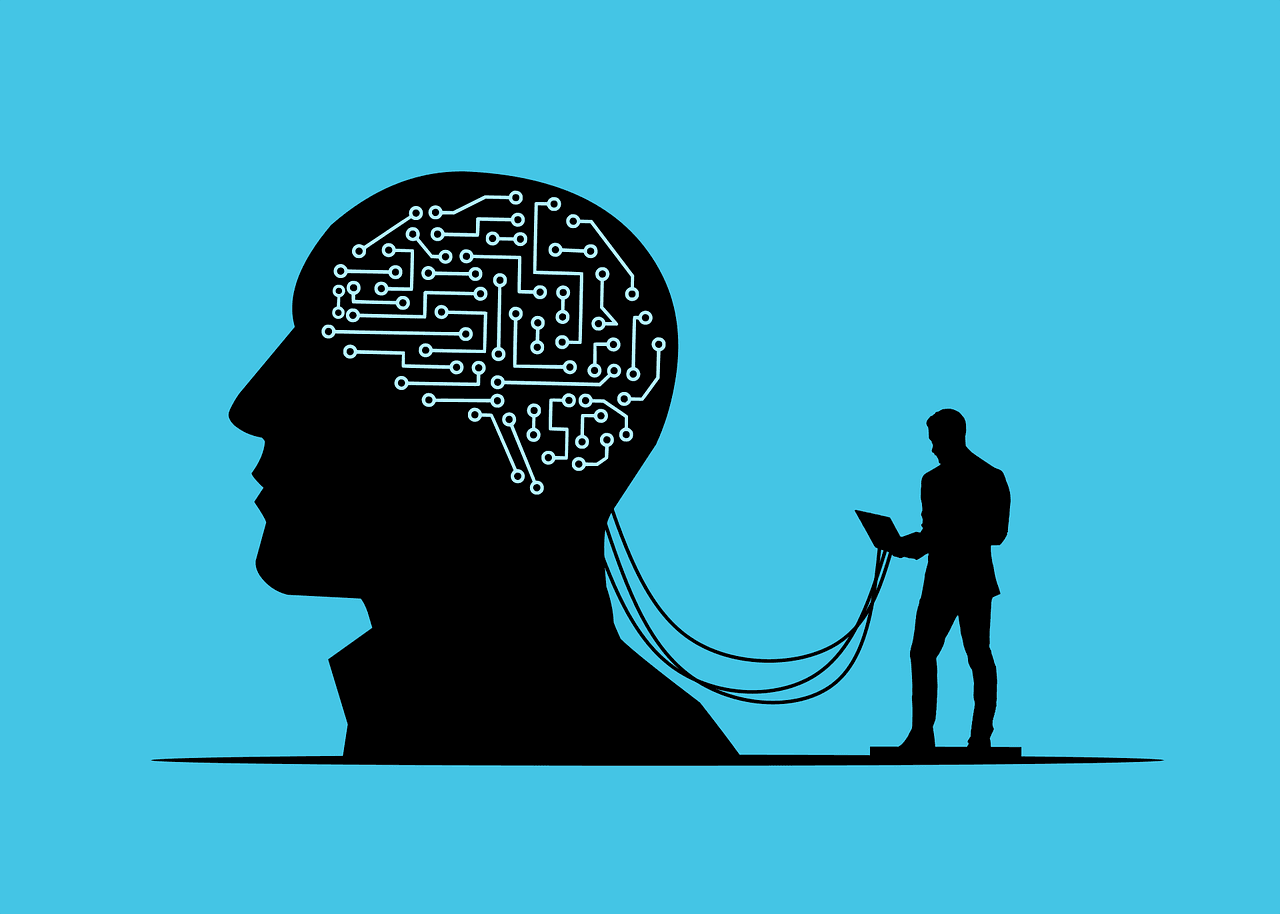
The correct setup of your Python environment can be tested through meaningful import statements in either a Python shell or script for these libraries. You can import NumPy by using import numpy as np then import Pandas with import pandas as pd followed by importing Scikit-learn through import sklearn. The successful load of these libraries shows that your environment meets the necessary requirements.
Users who want to maximize their learning process through experimentation should use Jupyter Notebook. The Jupyter environment enables users to perform Python code execution in cells resulting in an optimal platform for learning machine learning algorithms and data visualization and programming small code sections. The markdown cells enable you to document your work processes which makes Jupyter Notebook ideal for both educational purposes and knowledge sharing. Jupyter Notebook can be installed through two methods using Anaconda or by running the command pip install notebook at the Python package manager console. After successful completion of the installation you can activate the jupyter notebook command within your terminal to automatically launch the web browser window.
Establishing a Python machine learning environment for machine learning functions as the fundamental starting step that establishes strong foundations for your models. The Python environment combined with necessary libraries and Jupyter Notebook enables you to start learning and experimenting with machine learning functionality.
Key Concepts in Machine Learning
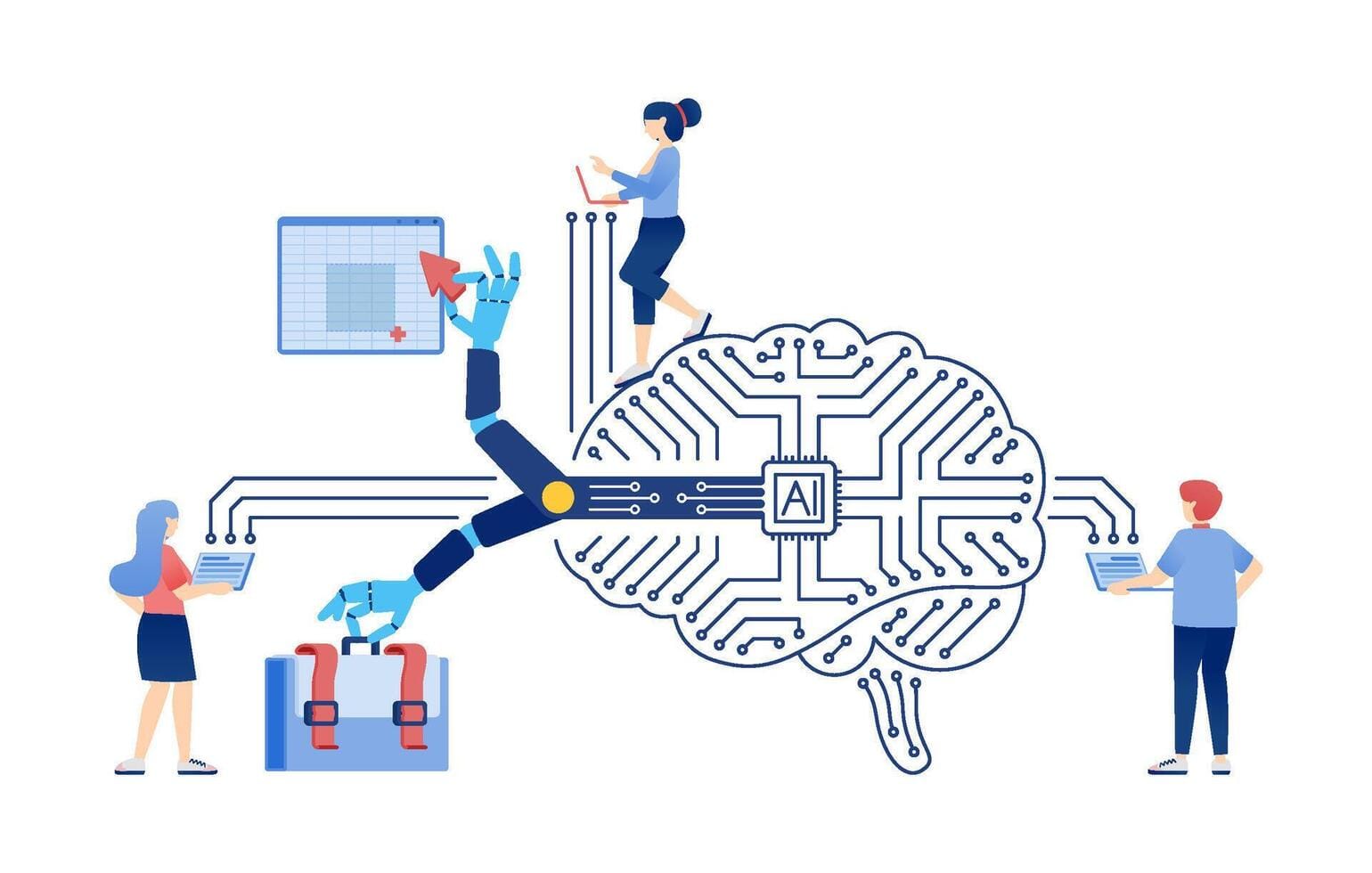
Learning Python for machine learning requires knowledge of fundamental principles that form the basis of this discipline. These principles direct developers through all stages of model development including creation and assessment as well as refinement. You must understand these fundamental concepts to construct your own models according to this section.
Understanding is necessary to first separate supervised from unsupervised learning into two distinct categories. Machine learning primarily uses supervised learning since models train through labelled data. The model receives pairs of inputs and outputs in this scenario to learn how they relate to one another for future predictions of new unseen data. Supervised learning algorithms include linear regression as well as two additional types of algorithms such as decision trees and support vector machines.
The classification of data falls under unsupervised learning when provided data lacks predefined tags or organizational categories. The system operates to detect previously unknown data patterns within the information. Unsupervised learning deals with two principal methods called clustering and association which k-means clustering and hierarchical clustering algorithms analyse to group nearby data points. The main emphasis of supervised learning tends toward predictions while unsupervised learning focuses on finding practical data structures within datasets.
During machine learning operations there exists an essential practice known as training and testing data split. Since machine learning model development requires a division of data into training and testing components for model training and performance assessment. The model learns to identify patterns through training data that later helps evaluate its accuracy rates along with generalization capability using test data. The testing method verifies that the model masters its training examples instead of memorizing them and subsequently applies them to new data points.
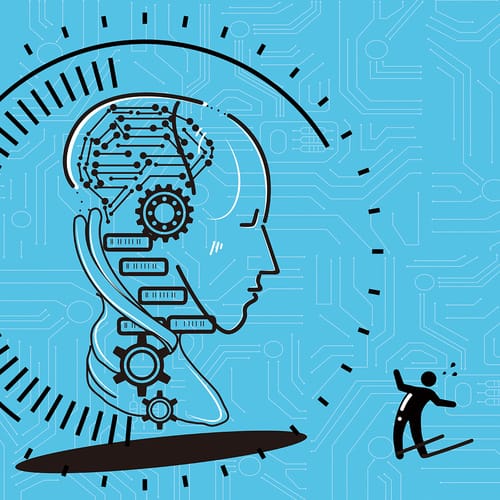
The two main mistakes machine learning models face are underfitting combined with overfitting. The negative impact on new data performance occurs when a model memorizes training data noise and details beyond proper levels. The model becomes too intricate to process training data correctly because it features excessive parameters and specific rules which create confident outcomes on training data yet struggle with generalization. A model exhibits underfitting behaviour when it lacks enough complexity to detect underlying data patterns thus resulting in substandard classification of training and testing data.
A suitable model complexity stands as the objective to discover between data learning capacity and reductions in generalization ability. Feature engineering operates as the practice that converts real-world data into practical features for maximizing model performance. The process includes various data transformations like numerical feature scaling alongside categorical variable encoding and handling missing data and building new features from current data points.
Your model accuracy results highly from good feature engineering because the quality of your input data determines the model's performance capability. Acquiring mastery of these fundamental ideas proves crucial to developing functional machine learning models. Your Python model development success relies on your understanding of supervised vs. unsupervised learning together with proper training amounts and awareness of overfitting and underfitting while achieving mastery of feature engineering.
Implementing Your First Machine Learning Model

We will guide you step-by-step on building an elementary Pythonmachine learning model by using Python in this hands-on segment. Working with a dataset while implementing an easy machine learning model provides an excellent introduction to how the machine learning workflow functions. The model building process uses Scikit-learn which is a prevalent Python library for creating our model while we discuss dataset selection and model training techniques and evaluation methods.
Selection of a dataset represents the initial step when starting your work. Starting machine learning students should work with the Iris dataset that provides information on iris flower species together with their petal size measurements. The Titanic dataset proves popular due to its information about Titanic passengers and their survival status. The two datasets represent popular choices in machine learning tutorial applications owing to their easy interpretation and easy accessibility. For our example we will employ the Iris dataset since it stands as one of the popular choices for classification tasks.
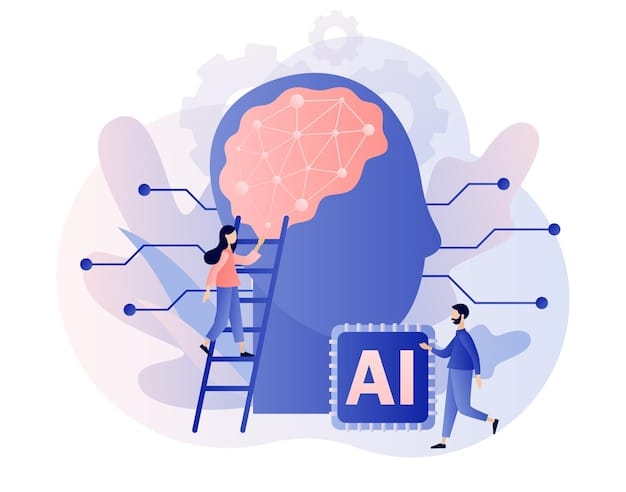
Using Scikit-learn you can easily load the chosen dataset after selection. This step becomes simple through the load_iris() function which is part of Scikit-learn. Before model evaluation you need to partition the dataset into training and testing components to guarantee performance assessment. Through its built-in train_test_split() function Scikit-learn enables users to create two datasets for training models and conducting testing procedures.
The following step depends on Scikit-learn since the model requires training and evaluation processes. The implementation of a simple classification model will utilize the k-nearest neighbors (KNN) algorithm. KNN operates as a straightforward method which uses the voting pattern of training data neighbors to determine the classification of new incoming data points.
Here’s a basic example of how to implement the KNN algorithm in Python machine learning:
# Import necessary librariesfrom sklearn.datasets import load_irisfrom sklearn.model_selection import train_test_splitfrom sklearn.neighbors import KNeighborsClassifierfrom sklearn.metrics import accuracy_score# Load the Iris datasetdata = load_iris()X = data.data # Features (e.g., petal length, petal width)y = data.target # Labels (species of iris)# Split the dataset into training and testing setsX_train, X_test, y_train, y_test = train_test_split(X, y, test_size=0.3, random_state=42)# Initialize the KNN model with 3 neighborsknn = KNeighborsClassifier(n_neighbors=3)# Train the model on the training dataknn.fit(X_train, y_train)# Make predictions on the test datay_pred = knn.predict(X_test)# Evaluate the model by calculating accuracyaccuracy = accuracy_score(y_test, y_pred)print(f'Accuracy: {accuracy * 100:.2f}%')In this example:
The Iris dataset gets loaded from the system followed by a train_test_split() operation.
We employ KNeighborsClassifier to develop a KNN model using three neighboring values.
The training process takes place on the training data through the fit() function while the prediction phase utilizes the predict() function on the test data.
The last step involves determining the model performance through accuracy_score which compares test set predictions against actual labels.
Running this model reveals an accuracy score which represents its performance level. The prediction success of the model increases when it accurately determines the species of iris flowers from the available features. Among the fundamental components of machine learning stands the running predictions followed by result analysis.
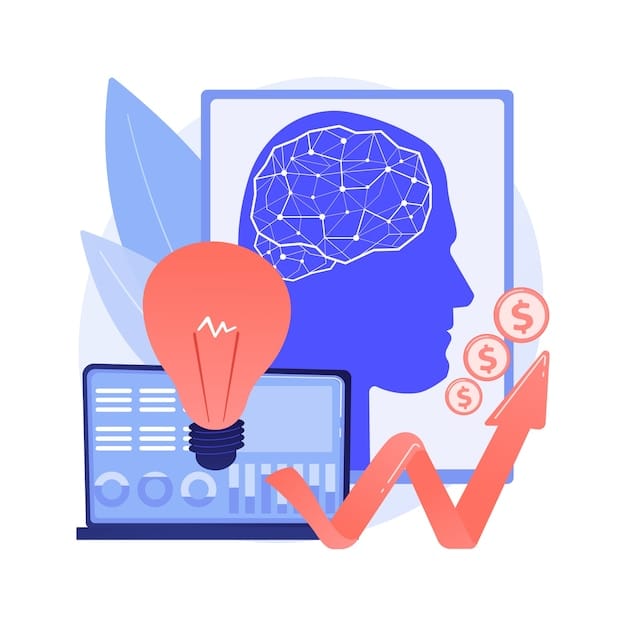
After completion of training the model you can rely on it to generate predictions from fresh datasets. Through using the Iris dataset you can provide fresh flower measurement data (for instance petal length and width) to the model so it can identify the species. The evaluation process includes examining accuracy and precision as well as recall and F1-score metrics to determine various performance aspects of your model.
You have developed your initial machine learning model through Python by using this straightforward procedure. Your training in machine learning has covered all fundamental aspects of choosing datasets and model training alongside performance evaluation to complete the fundamental workflow.
Conclusion

The extensive machine learning discipline keeps expanding and enables endless innovative solutions for solving problems. Beginners starting their machine learning journey can access Python because the programming language combines simplicity with powerful libraries. Novice developers who establish their development environment along with fundamental machine learning principles and model practice will acquire basic abilities for handling complex AI applications. Through constant practice and learning you will develop both confidence and expertise needed to take advantage of the various interesting prospects available in machine learning and artificial intelligence.
Your journey to master machine learning demands ongoing education because Python serves as a dependable instrument to reach your objectives through this developing technology field.
Introduction To Machine Learning using Python – FAQs
What are the advantages of using Python for machine learning?

The first benefit of using Python for machine learning stems from its straightforward nature which leads to both simple learning and usage. The programming language of Python offers users a broad collection of libraries (Scikit-learn, TensorFlow, and Pandas among them) alongside development frameworks which simplify programming tasks. The extensive and vibrant developer community of Python provides multiple resources and tutorials which makes the language highly favored by those just starting as well as experienced programmers.
Which Python libraries are essential for machine learning?

Various critical Python libraries become essential to use during machine learning tasks. Some of the most important include:
Scikit-learn: The library Scikit-learn serves as a flexible data analytical toolkit for machine learning algorithm implementation.
TensorFlow and Keras: Popular for deep learning and neural networks.
Pandas: Used for data manipulation and analysis.
NumPy: Essential for numerical operations.
Matplotlib: Matplotlib serves as a data visualizing library which aids plotting tasks. The collections of tools in these libraries help users establish and train machine learning models for evaluation purposes.
How do I get started with machine learning in Python?
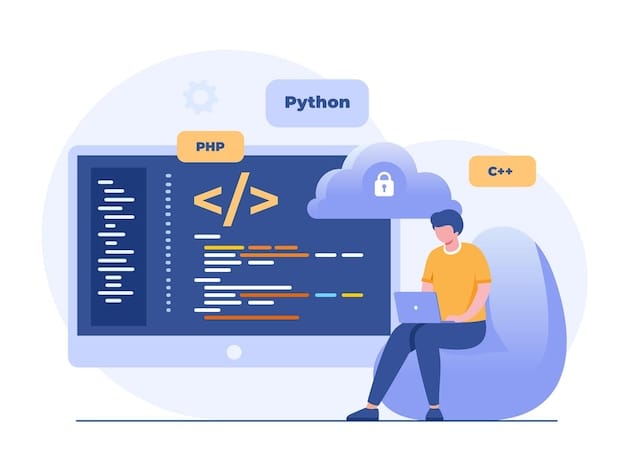
The beginning of your machine learning project using Python requires you to establish your Python environment and add Scikit-learn, Pandas and NumPy libraries. Before working with machine learning in Python users must become familiar with fundamental machine learning terms including supervised learning alongside unsupervised learning and training and testing datasets and overfitting and underfitting. Start your machine learning with Python practice by following simple tutorials that help you understand practical model implementation of fundamental concepts.
What are some popular machine learning algorithms implemented in Python?
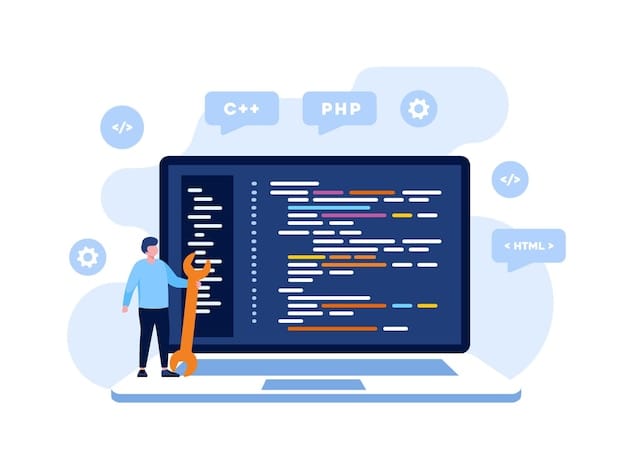
The Python programming language enables access to multiple machine learning algorithm choices. Decision Trees are among multiple machine learning models that find regular use.
Decision Trees: The Decision Tree model functions as an easy-to-understand algorithm designed for classification along with regression tasks.
Random Forests: Random Forests serve as an ensemble technique which achieves better accuracy results by unifying several decision trees.
Support Vector Machines (SVM): The classification algorithm known as Support Vector Machines (SVM) achieves outstanding performance when handling linear as well as non-linear problems.
K-Means Clustering: The K-Means Clustering serves as an established unsupervised learning approach that executes data point clustering tasks.
Neural Networks: Neural Networks represent the base of deep learning technologies and they process image and speech information. Python machine learning libraries such as Scikit-learn and TensorFlow and Keras contain these algorithms.
Where can I find resources to learn machine learning with Python?
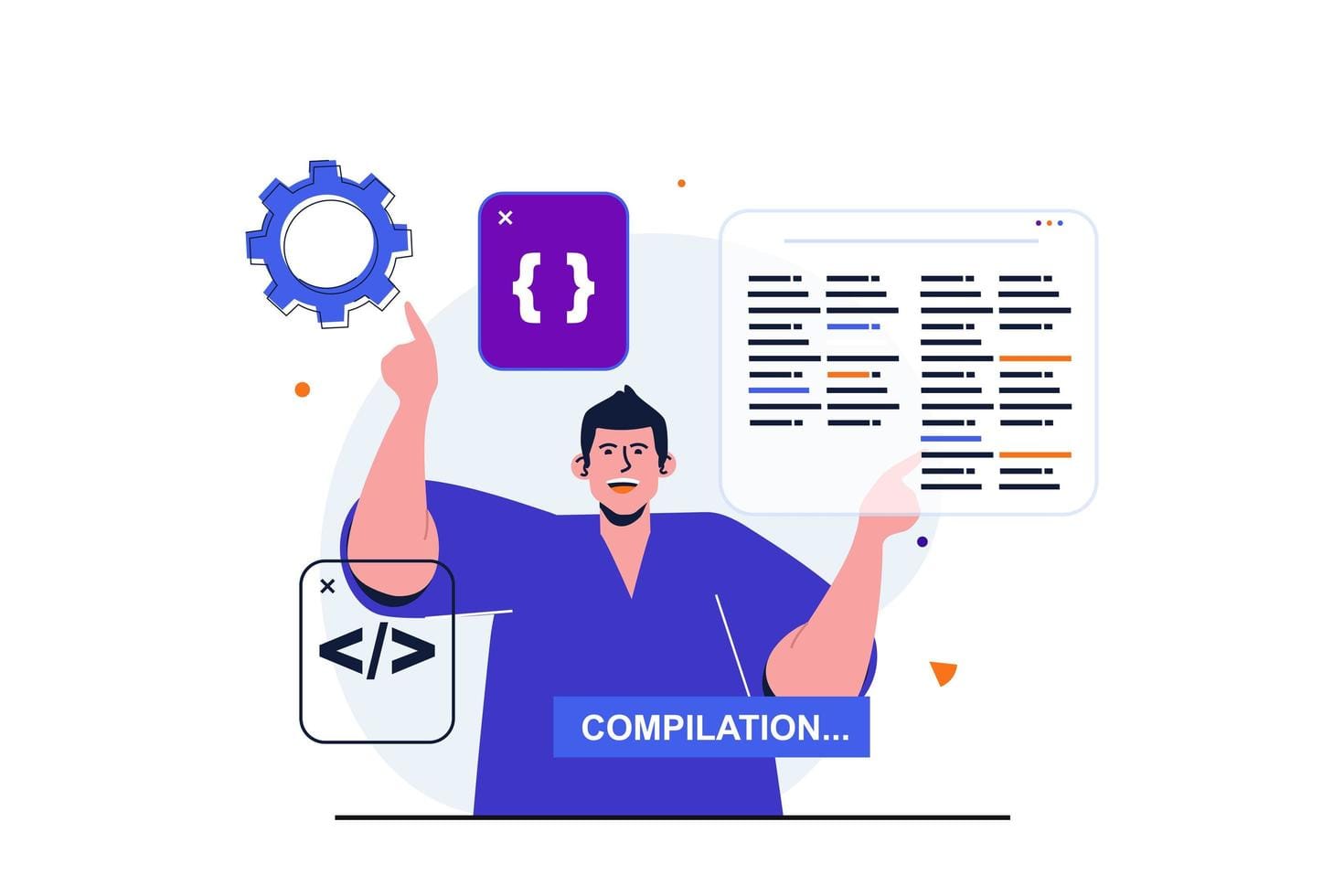
Various education materials exist to help students master machine learning through Python programming.
People can study structured courses and tutorials on machine learning using Coursera together with Udacity and edX.
Kaggle serves data science competition purposes while offering datasets and model practice tools for data scientists.
Google Colab provides absolutely free access to write and execute Python code through its cloud-based platform that benefits machine learning experiments particularly well.
Free and paid resources exist both in book form and tutorial blogs to help users learn Python machine learning topics while completing projects.
Comments
Your comment has been submitted successfully!